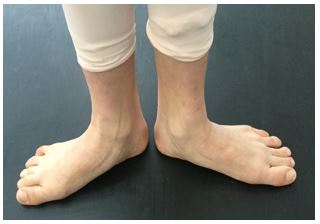Blog
Getting ready for the conference: Students and Young Professionals
The annual conference is fast approaching and it’s time to start making plans. This year the exciting city of Wanchai, Hong Kong will be on the map as the second Asian location for the meeting to be held. Here are a few things we’ve been thinking about in preparation for heading to the tropical paradise in a cosmopolitan city, which happens to have the highest density of 7-Eleven shops in the world AND the world’s largest collection of skyscrapers…
Read ArticleFoot Injuries in Dancers. Are they preventable?
Author: Maggie Lorraine on behalf of the IADMS Education Committee
Perfecting the art of dance requires long hours of intensive training over many years with constant repetitions of exercises to refine and perfect the execution of sequences and movements. Dance places high demands on the body and for this reason professional dance training institutions often include physique testing, conducted by the resident physiotherapist as part of the audition process. Subsequently even the physiques that are deemed “ideal” for training at a pre professional level are at risk of injury as a result of faulty alignment and technique. In recent years the quest for greater virtuosity in performance has added an extra layer of risk to the aspiring young dancer who is hoping to achieve a career in dance. Issues such as more intrusive stretching techniques to achieve higher extensions of the leg, bigger and higher jumps with added complexity, more virtuosic turns and particularly greater engagement of the spine in movement. These trends have all added to the necessity for dance teachers to have a comprehensive knowledge of human anatomy, physiology and kinesiology. This knowledge will give teachers the information to guide their students to reach their full potential and to avoid sustaining injuries.
Read ArticlePage 1 of 1
- IADMS 34th Annual Conference - Experience Point of View: Jennifer Milner
- IADMS 34th Annual Conference - Experience Point of View: Joanna Nicholas
- IADMS 34th Annual Conference - Experience Point of View: Erika Mayall
- Beginning ASL for Medical Students & Health Practitioners
- Relative Energy Deficiency in Dance
